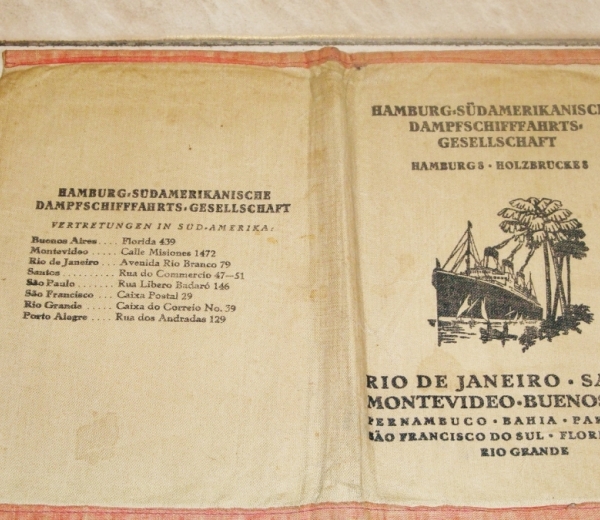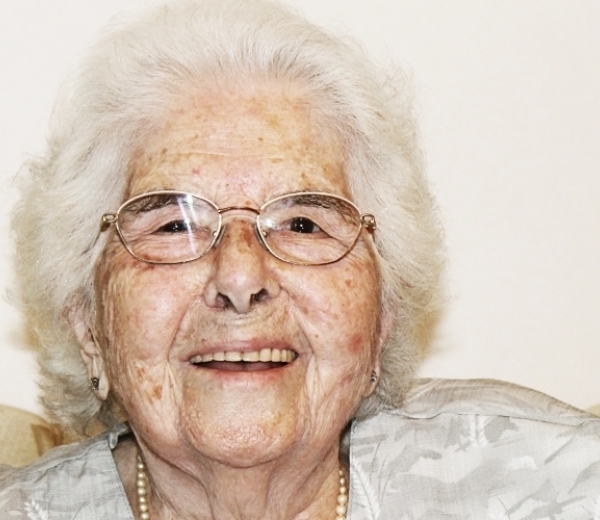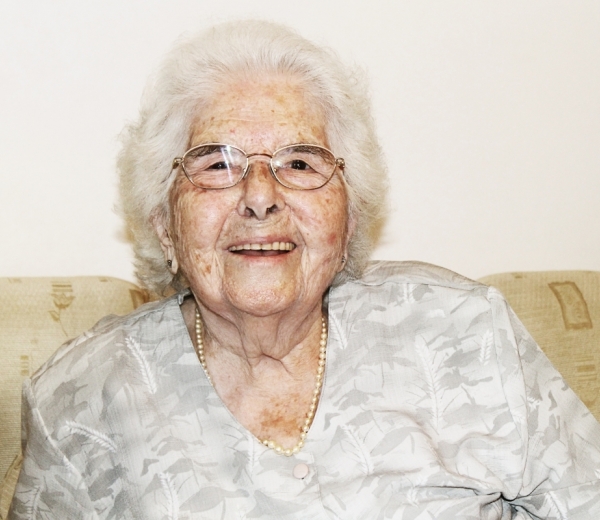Lucin Beredjikian
It was a childhood of almost unmitigated fear.
First the Turks came to her home village in Southern Turkey, then they marched her and her family into the Syrian desert and then they left her an orphan.
Lucin Beredjikian had lived a lifetime before she was 16-year-old and still enormous challenges came her way.
Next was the journey to rejoin her surviving brothers who had fled on ships to Buenos Aires, a journey of more than 8,000 miles. Less than ten years after the end of WW1 it was a journey that would have daunted anyone.

Now, at the other end of her life, she lives in peace, surrounded by her two children, five grandchildren and six great grandchildren.
It was a slow process but eventually gratitude overwhelmed grief.
Early in the 1915 Genocide an Armenian doctor saved her life. He was director of the local hospital in the Cilician town of Aintab in South-eastern Turkey. Lucin contracted Spotted fever, a tick-like disease similar to Typhus. The condition was notoriously difficult to treat in the insanitary and chaotic conditions that developed during the violence, but he acted quickly.
Many died around her, and there were times when she felt like giving up but Lucin survived and lived to watch three generations of her own descendants thrive.

After she had finished school, Lucin made the decision to travel to Buenos Aires. Her sister, who became her guardian, had young children to raise and Lucin thought it best to join her brothers in South America.
She imagined that somehow she might build the life she should have had. But if she was expecting to avoid hardship she was disappointed. Nevertheless, she had found a community.
The Armenian population was numbered in the thousands. Many of the refugees came from Cilicia. Sixty per cent of those came from the big cities of Marash (now Kahramanmarash), Hadjin (now Saimbeyli) and Aintab (Antep, now Gaziantep), the rest from small villages like hers.
From the start they stuck together meeting first in the coffee shop at 25 de Mayo Street and later at the Cathedral of St John the Baptist. They had no money and few belongings but they believed in two things; community and education.
Despite a terrible legacy the Armenians flourished.

Lucin met her husband Harutiun Khatcherian not long after arriving In Buenos Aires. He died some time ago but she remains at the heart of her family.
Every April 24th she recounts the story of her survival to her grandchildren.
The story is verified by the 100 LIVES Research Team

